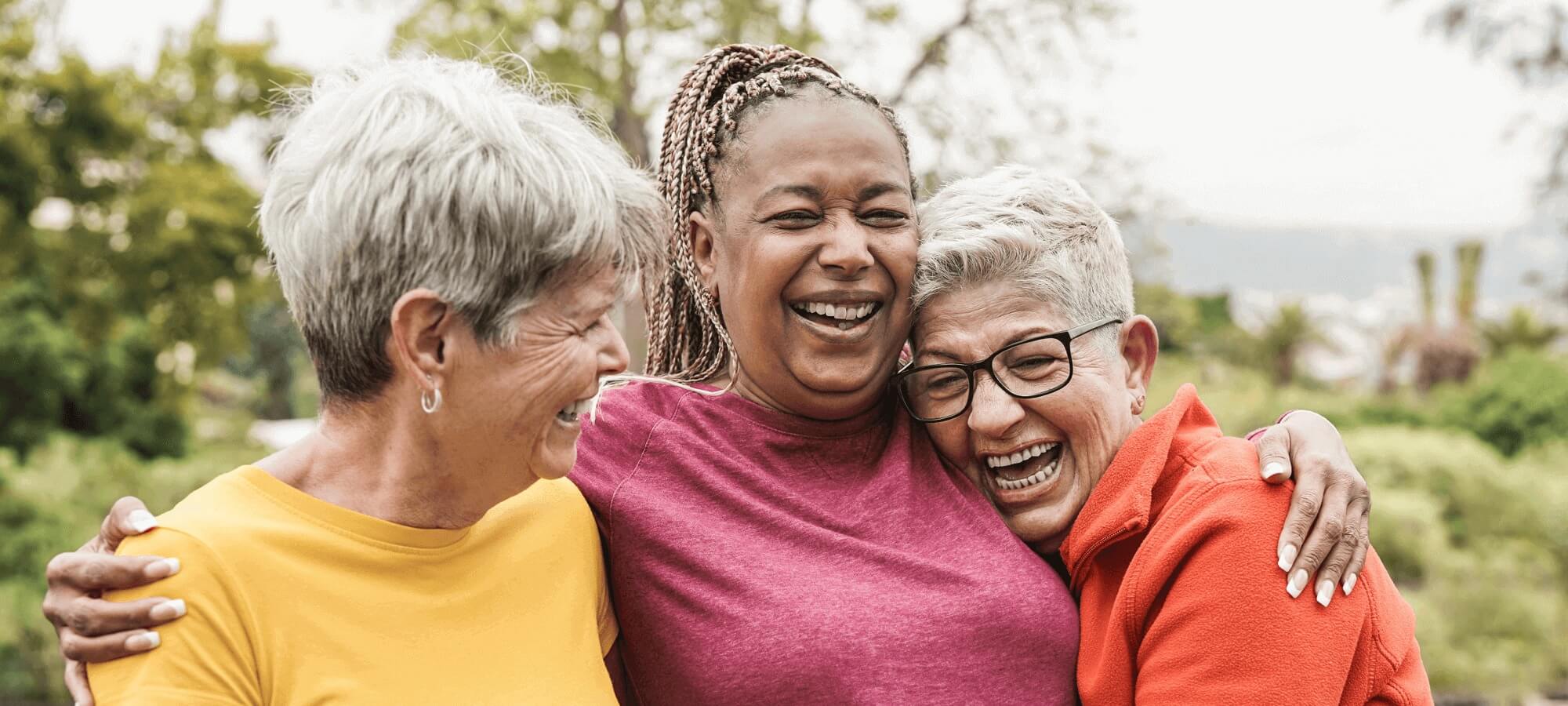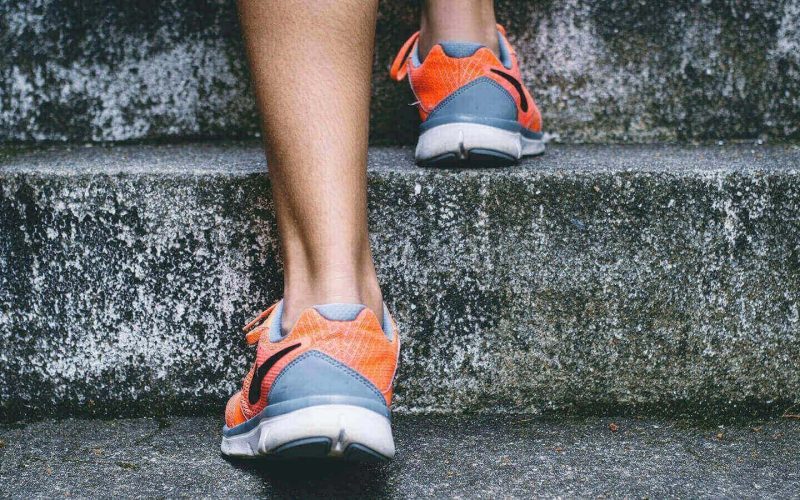
We often hear a lot about getting active, and how it can benefit our mental health. As simple as it can sound, we know it’s not always easy – for many different reasons. Let’s find out more around how movement can improve our mental health, and different ways to get started.
The theme of Mental Health Awareness Week in 2024 is ‘Movement: Moving more for our mental health’. This theme is all about finding moments in our daily lives where we can get moving to improve our mental health.
Why is physical activity good for us?
Exercise and any sort of physical activity can be great for our overall health, but it can also be great for improving our mental health.
There are lots of different ways in which physical activity can have a positive impact on our mental health and wellbeing, some of these are:
- Better sleep and building a good sleeping pattern
- Relieving stress
- Relieving frustration
- Boosting self-esteem
- Connecting with others
- Lifting your mood
- Making time for yourself
- Having fun!
What are some different ways of getting active?
Getting active doesn’t always have to be about climbing a mountain, running a marathon, or going on a bike ride – there are lots of other ways to make movement a part of your day to day. We’ll be looking at ways to add movement into your everyday life, including some ideas around more accessible options too!
It is important to note that physical activity isn’t always the best option for people when it comes to improving mental health, and that’s okay too. There might be lots of reasons why physical activity may not be helpful. Some examples could be, if people have eating problems, health conditions, or take regular medication – exercise might not be the most appropriate way to improve their mental health.
Being outside and in or around nature
Research shows that being outside and around nature can have a really positive impact on our mental health, as it can help us experience calm, a connection to the world around us, and joy. Taking a walk in a local green space, or noticing the nature around us while we’re being active can really benefit our mood.
We also know that with modern life and busy routines, it can feel tough to find the time to spend time outdoors, connecting with the world around us. It might also be difficult for you to access green spaces, often for many different reasons. For example, if you live in a city, have a physical disability, or feel unsafe in green spaces.
It can be useful to think about ways that feel comfortable and accessible for you to connect with nature while being active. Here are some ideas:
- Gardening and movement – taking care of a green space, or plants and flowers while moving is a great idea to combine physical activity and nature. If you don’t have garden space, it’s a good idea to check your local area for community gardens that you can join. This is also something you can try indoors with potted plants and flowers. This can help build that connection to nature, while also enjoying the benefit of movement!
- Bring nature into your everyday – whether you’re walking to work, visiting the shops, or on the school run, try and notice the nature around you. This could be anything from local green spaces, trees and plants, and any wildlife you might spot.
Dance and aerobics
Dance can be a really fun way of adding movement into your daily routine, and it doesn’t need to be professional by any means! Putting on a tune you enjoy, and dancing along can not only lift our mood but can also be a great way of getting active.
If it’s something you enjoy and you’d like to feel more structured, you might find these aerobic exercise videos on the NHS website useful. You might also want to find groups in your local area to join.
Yoga
Yoga is a great option for those of us who want to move more, but also benefit from time to relax and be mindful! It can also be a great idea for those of us who might find that typical forms of physical activity aren’t always an option. Yoga usually involves different poses, breathing exercises, and sometimes can involve mindfulness or meditation.
Take a look at the pilates and yoga videos on the NHS website for more ideas, including options for chair-based workouts and workouts for people who experience problems such as back pain or arthritis.
We hope you’ve found some of these ideas useful, and we hope you’ve found a bit of inspiration around moving more for your mental health!
For more information on Mental Health Awareness Week 2024, visit Mental Health Foundation.

